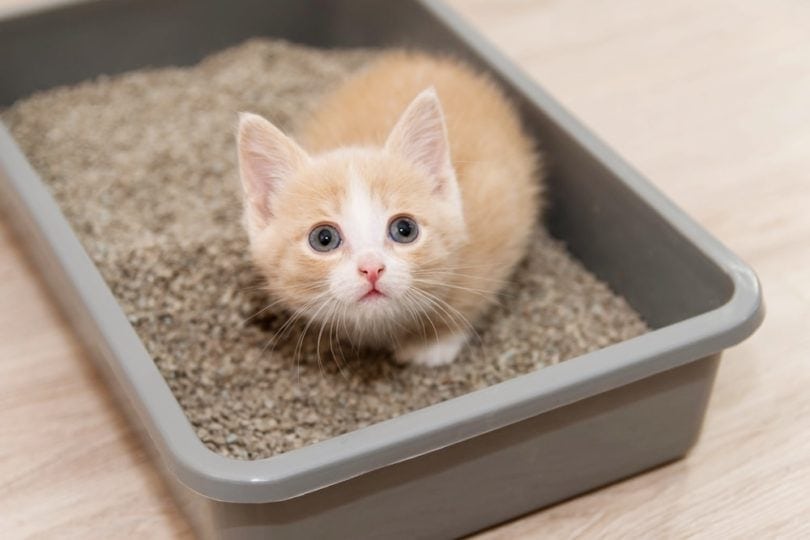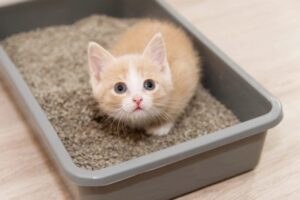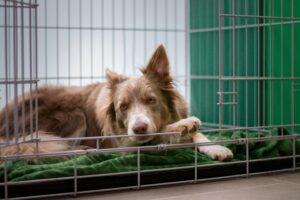Introduction
The day you bring home your new puppy is one of the most exciting days ever! But one of the first training challenges many new pet owners face is housebreaking their furry friend. With the proper technique, potty training a puppy can be simple even if it takes a little patience and consistency. Do not worry, and I got your back with this guide that can help you in the complete process of potty training a dog saving many changes at your home.
Understanding the Basics
Let me talk about some of the potty training puppy first, just before we jump into how to do it!
- Age Matters: Exactly as the title states, puppies can overall start potty training procedures in about 12 weeks. These are skills that might be a bit too advanced for pups that cannot control their bladders yet.
- Consistency is Key: Stick to a routine. Consistency allows your puppy to learn more quickly.
- Positive Reinforcement: Only reward reinforcement is ever recommended. All you can praise and reward.
Step-by-Step Guide to Potty Training
Step 1: Establish a Routine
Maintaining a routine will help make your child forget the potty learning process.
- Regular Feeding Times: Feed your puppy at regular times. Consistency feeding = consistent potty.
- Frequent Potty Breaks: Take your puppy outside regularly, after he eats, takes a nap, or plays. Young puppies probably need to go out every hour.
Step 2: Choose a Designated Potty Spot
Designating a place to potty helps your puppy learn where to go.
- Consistency: Take your puppy to the same area each process time. This scent will remind your puppy of where they should go.
- Use Commands: Bring them to the spot and use a consistent command like “Go potty”. They will eventually link the command to a trick.
Step 3: Supervise and Confine
At first, it is crucial that potty training takes place in a supervised and confined environment.
- Watch for Signs: Some signs your puppy needs to pee include pawing at the ground, sniffing around and circling, or whining.
- Use a Crate: When you can not be supervising your puppy, crate him. Dogs are hardwired to avoid going potty where they sleep and that can help with bladder control. Be sure the crate is small, as too large can lead to accidents in one corner.
Step 4: Positive Reinforcement
Positive reinforcement is a reward that your puppy gets for doing the right thing.
- Praise and Rewards: After your puppy goes to the potty outside, praise your pup and play, reward your dog (this should be immediate). Treats, petting, and excited praise can be used in order to enforce this behavior.
- Avoid Punishment: Do not punish your puppy for any accidents Punishment will create fear and anxieties that make your dog harder to train. Clean any accidents you may come home to, but do so calmly and effectively in order to eliminate the smell.
Step 5: Gradually Increase Freedom
Then, as your puppy learns where they should eliminate, you can gradually increase their freedom.
- Extend Time Between Breaks: As your puppy learns to go longer between potty breaks, gradually increase the amount of time they wait between potty breaks.
- Increase Indoor Freedom: Bring as trustworthy indoors allow more freedom. Keep a close eye on them and keep taking them out.
Troubleshooting Common Issues
Accidents in the House
Accidents will happen. When they go, they clean up really well with an enzymatic cleaner to get rid of all the smells. Never punish your puppy for having an accident.
Regression
This includes the occasions when puppies regress during training. Go back to the fundamentals and cement the habit. Unless they are way out of line, a little supervision and consistency will set them straight.
Conclusion
Start Training As Soon As Possible: Puppy potty training takes time, diligence, and positive reinforcement. So, with a routine place in time and space, a watchful chancellor, treat-based encouragement, and slowly adding responsibility to the mix: you can do it. Tip: Keep in mind that each puppy will learn at its own time, so be patient and keep up with the training. But take the time and make the effort, and your soon-to-be full-grown dog will be a happy, potty-trained homebody.
Continue to find joy in this journey with your puppy, holding onto the bond you are creating along the way.




